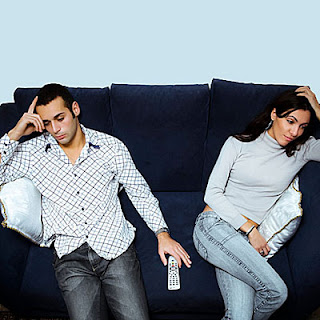Rheumatoid Arthritis
Coping with RA
By Anne Harding
If you’ve got rheumatoid arthritis, the single best way to fight the disease is with medication. Still, as effective as RA drugs are, they can’t do everything.
Several nondrug treatments out there can help you where medication can’t. And exercise is at the top of the list, according to Sharon L. Kolasinski, MD, a professor of clinical medicine at the University of Pennsylvania, in Philadelphia. Even though the prospect of exercising may seem painful, the right kind of activity can help prevent RA-related pain and disability.
Here's a roundup of a few other therapies that may be worth a try.
Exercise
“Exercise is really critical for everybody with arthritis,” says Dr. Kolasinski. “Arthritis causes you not just pain; it causes you to use your joints in a way that stresses other structures. It’s really important to maintain flexibility and strength. The only way to do that is to exercise.”
That doesn’t mean it’s easy. She recommends choosing an activity that you enjoy, and not overdoing it. Options include walking, aquatic exercises, biking, yoga, and tai chi.
Exercise has other benefits for RA patients, too, Dr. Kolasinski adds. RA increases your risk of developing osteoporosis, and weight-bearing exercises can help keep your bones strong. Physical activity also heads off depression, which can plague anyone coping with a chronic illness, including RA.
Mind-body therapies
This is a catchall term for therapies that, essentially, help you use your mind to make your body feel better.
Mind-body approaches can include mindfulness meditation, biofeedback, breathing exercises, and guided relaxation. Certain types of exercise—such as yoga, qi gong, and tai chi—also encourage you to focus your mind in ways that can help you cope with pain, and improve strength and flexibility at the same time.
Physical therapy
Your doctor may prescribe physical therapy to help heal and strengthen a body part or an area that’s “acting up” and giving you problems.
A physical therapist will use heat, ice, transcutaneous electrical stimulation, range-of-motion exercises, gentle strengthening moves, and more to help ease swelling and inflammation and get you back into shape. Physical therapy is typically a short-term option. You might go a few times a week for several weeks, until you’re feeling better.




Comments
Post a Comment